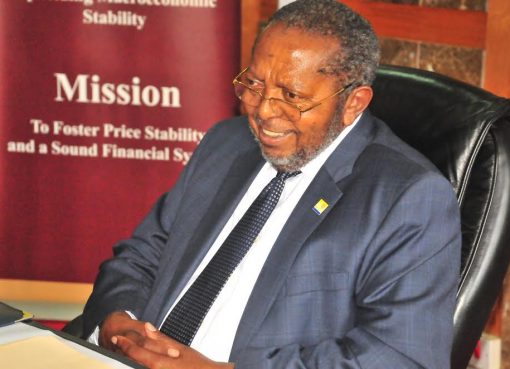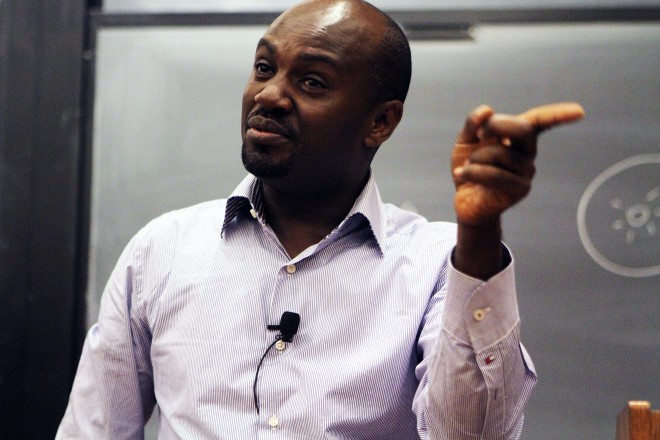Many local and foreign investors are increasingly investing their hard earned money in Uganda’s real estate sector.
Many have described it as being lucrative, something that has seen many rush to take a nibble into the much touted profitable sector.
It is worth noting that with the birth of Property Masters/agents (popularly known as ‘Bakayungirizi’) a decade ago, Uganda’s real estate sector has undergone a transformation of sorts.
However, many who rushed to invest in the sector are beginning to bite their fingers for the sector has been on the downturn for the last five years or so.
Those who speculatively invested in sector expecting oil boom are now cursing. They have lost a lot of property for oil production remains a far cry.
It is true Uganda’s real estate sector is promising with a lot of opportunities to exploit, but a money savvy investor should slow about it because of the figures revealed in this article.
These figures are mainly driven from Judy Rugasira Kyanda’s presentation; the case for affordable housing in Uganda at Buganda Investment Forum 2016.
Judy Rugasira as she is popularly known is Managing Director at Knight Frank Uganda, an international company with deals in the real estate and the property sector. Uganda’s population is currently estimated at 38m people and is projected to increase to 45.8m in 2020, 53.5m in 2025 and 61.9m in 2030.

Worrying Figures
In her presentation, Rugasira noted that Uganda is currently estimated to have 7.8m households, each with an average size of 4.7 people.
The country however faces a housing deficit of 1.6 million units; 1.29m is in rural areas and 211,000 in urban centres, according to UNHP.
Additionally, approximately 900,000 of existing units are sub-standard and need replacement/upgrading. Annual requirement for new housing is estimated at 200,000 units of which 135,000 in rural areas and 65,000 in urban areas.
What is worrying though is that only 4% of all the households in Uganda earn more than US$12,000 (Shs42m) annually, while average annual urban household income in 2015 was US$ 3,502 (Shs12.2m).
Furthermore, over 5m households (60%) earn less than US$1,600 (Shs5.6m) annually, of this, approximately 4.5m households are in rural areas and 800,000 in urban areas.
Most importantly, the average annual income needed to buy the cheapest newly built house is US$20,000 (Shs70m). Only 2.4% (190,000) of the households earn about 2.3m that can enable them buy a mortgage.
Currently, only 3.5 (255,000) of existing households can afford the cheapest house.
It is important to note that many urban dwellers can’t rent a house exceeding Shs300, 000 per months yet the current supply is quite expensive, something that has left a number of buildings unoccupied, causing untold losses to investors.
What is more threatening is that current supply is not targeting demand i.e. those earning between Shs500, 000 and Shs900, 000.
“We need 2.4m housing units between now and 2020 or else we will end up in a housing crisis,” Rugasira concludes.





Thank you so much Madam for facts that are eye opening! I need more info.
Pastor Duncan Asiimwe.